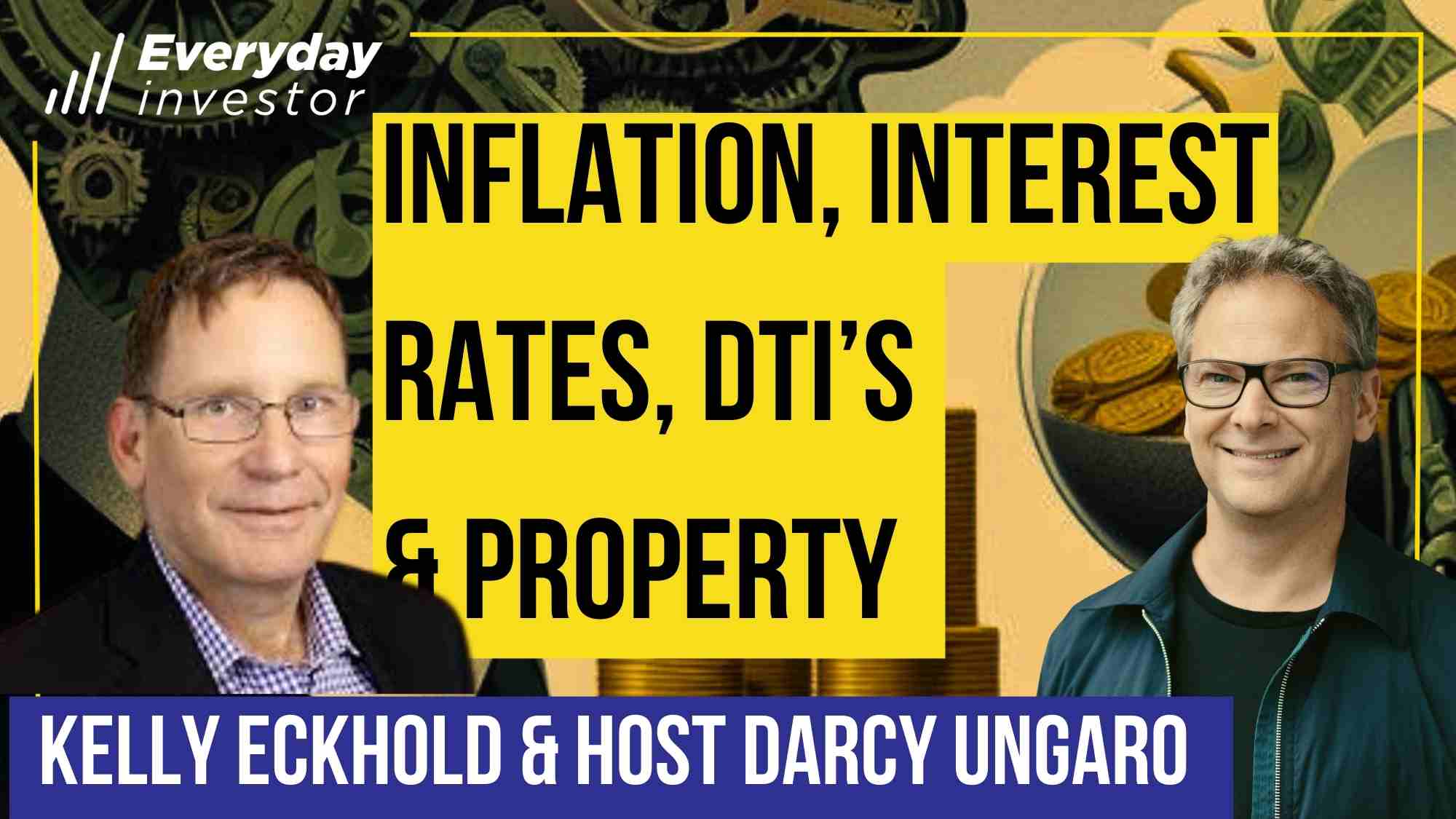To choose the best time to lock in your mortgage rate, you need to get three things right:
How much will rates change?
Which direction will rates go,
and when will the rates change.
It may seem like a lot of work, but think of the potential reward – if you timed it right at the bottom of the interest rate cycle, you would still be paying less than 3% with almost two years to go.
If you’re not driven by risk management, but by speculation instead, you can approach your mortgage rate with a bit more aggression. If you’ve done your homework beyond repeating what your favourite economist says – why not trust yourself and fix your mortgage for the best time? If only it was that easy!
It should be noted that picking the highs and lows of the interest rate cycles is not always a matter of skill, but of luck. Still, at the very least, trying to understand why interest rates move can be a very enriching learning experience.
Lately, I’ve been fascinated by a simple question – are interest rates going up or down? Knowing the probabilities of when, which direction, and by how much interest rates will shift in the future, can have a big impact on your household budget. Your accountant, mortgage advisers, bank economists and favourite podcaster, can’t give you a better answer than any other random person online – but my suggestion is that by taking into account your own situation and the global situation, you may make better decisions in the long run.
There are two ways of deciding on a fixed rate mortgage term: active and passive.
The passive way involves following a preset strategy, such as always fixing for 2 years, or, splitting your mortgage over different terms to balance out interest rate fluctuations (interest rate averaging). Like any good passive strategy, it is automated, and it ignores the ups and downs of the market.
For those who enjoy more of a challenge or who have a broader perspective, you naturally want to know what is happening in the world and what is coming next. For you, the active mortgage strategy may suit your brain better.
First, consider your own circumstances, then learn about what’s happening in your country, and then in the world that may affect interest rates – start from anywhere – keep learning – do not get fixated on any one view, and eventually you will start to see patterns. As long as you put your own personal goals above market trends, the active approach to mortgage re-fixing may increase the chances that you’ll dodge the peaks and catch the lows. If you want to learn more about this, check out our online course The Home Buyers Blueprint.
Recently on the podcast I talked to Kelly Eckhold, chief economist at Westpac – we discussed the difference between core and non-core inflation, how effective the Reserve Bank of New Zealand is in fighting inflation. We also revisited the topic of DTIs – anyone who wants to borrow for any reason should pay close attention to this.





